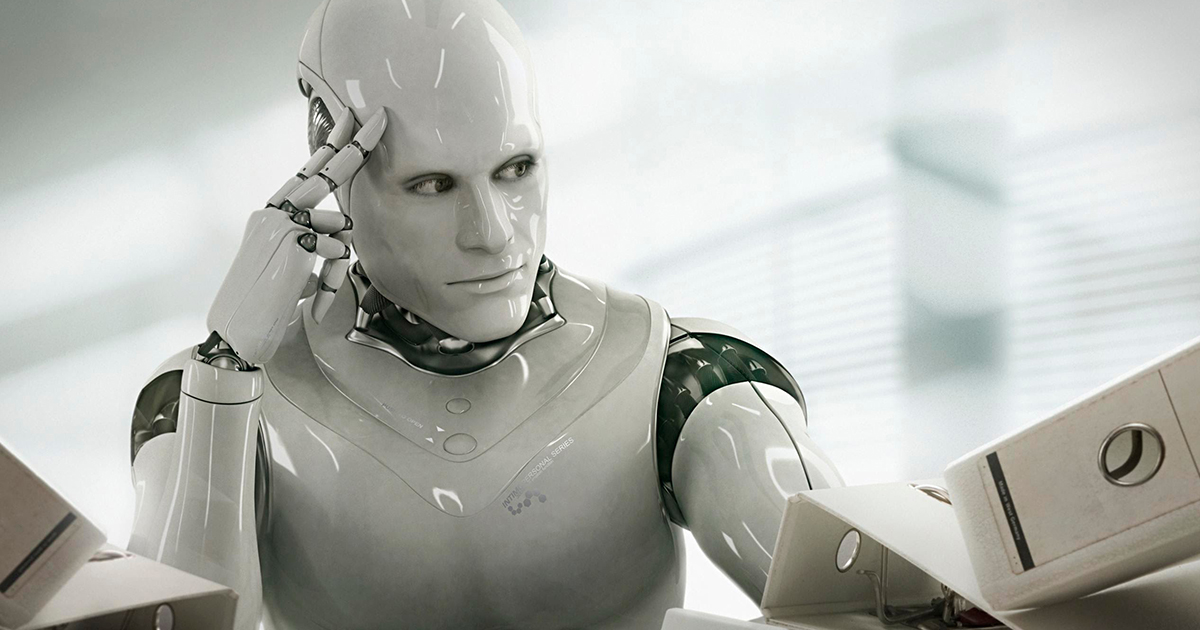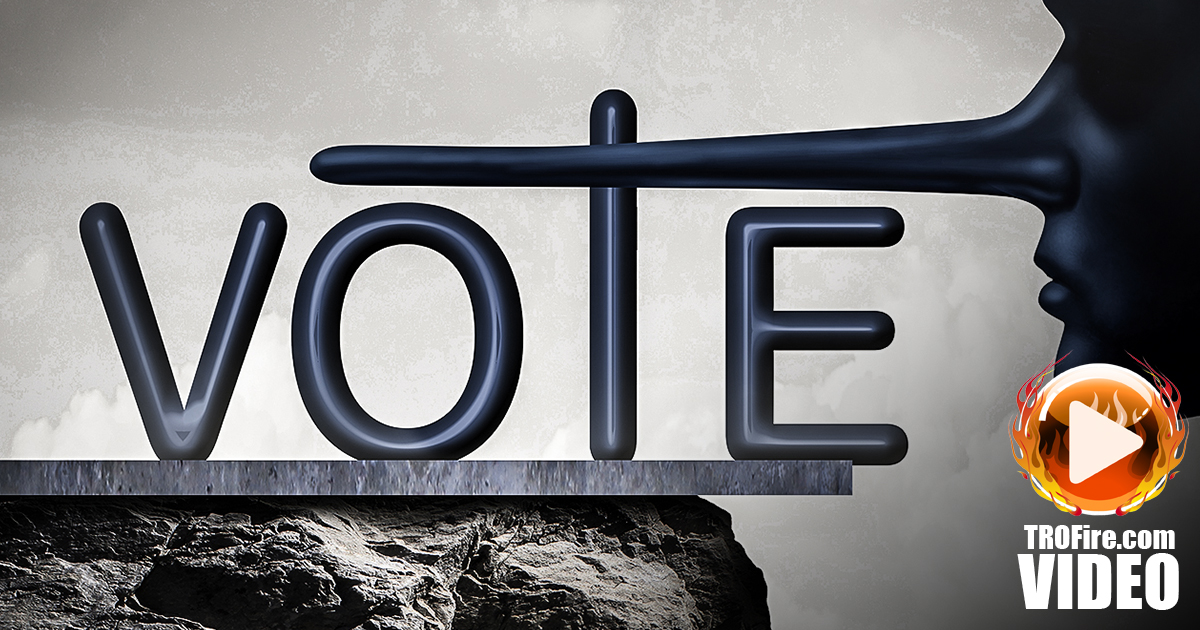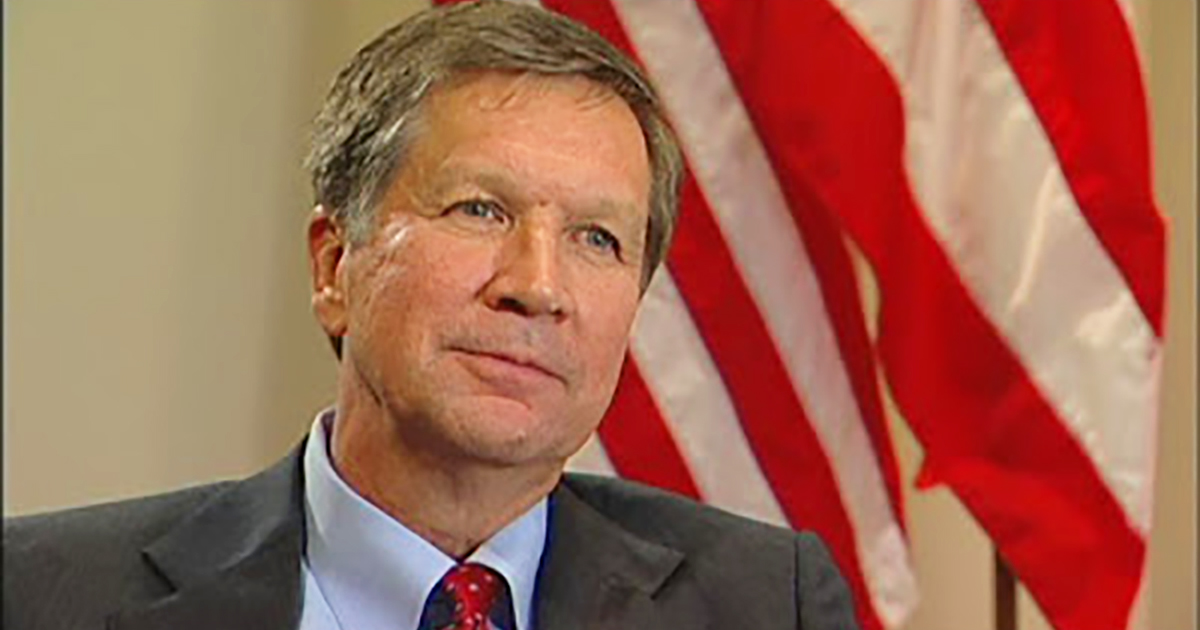Next time you’re in a heated debate online with some random person you’ve never met, just know that they may in fact not be a person at all, but a bot with a specific political agenda.
It’s not an uncommon tactic for political organizations, corporations, and even product brands to use “bots” in order to defend and protect their reputations online. Most of us are aware of this phenomenon, but many aren’t aware of just how widespread the issue is.
In an article by CNN Money, it was discovered that a full third of online interactions with pro-Trump Twitter accounts were actually bots. Meanwhile, one in five Clinton “shills” on Twitter were bots as well.
This information was discovered by an Oxford University team which took a close look at what happens on Twitter during the first presidential debate. The researchers found that traffic on pro-Trump hashtags was twice as high as pro-Clinton tags, but that a third of that traffic was bot-based.
Bots like these are used to automatically post political information, but they can also be used to harass and spam real life people.
Though Clinton has far fewer bots, that’s not necessarily anything to be proud of. There is still a one-in-five chance that any pro-Clinton account is nothing more than an algorithm.
Though the study was able to identify the fake accounts, it was not able to draw conclusions about who might have made them, whether it be the campaigns themselves or merely a devoted supporter with some coding skills and time on their hands.
What can you do to spot a bot? Pay close attention to the user’s account – do they act “human”? CNN Money advises Twitter users to be on the lookout for individuals who post more than five times a day.



